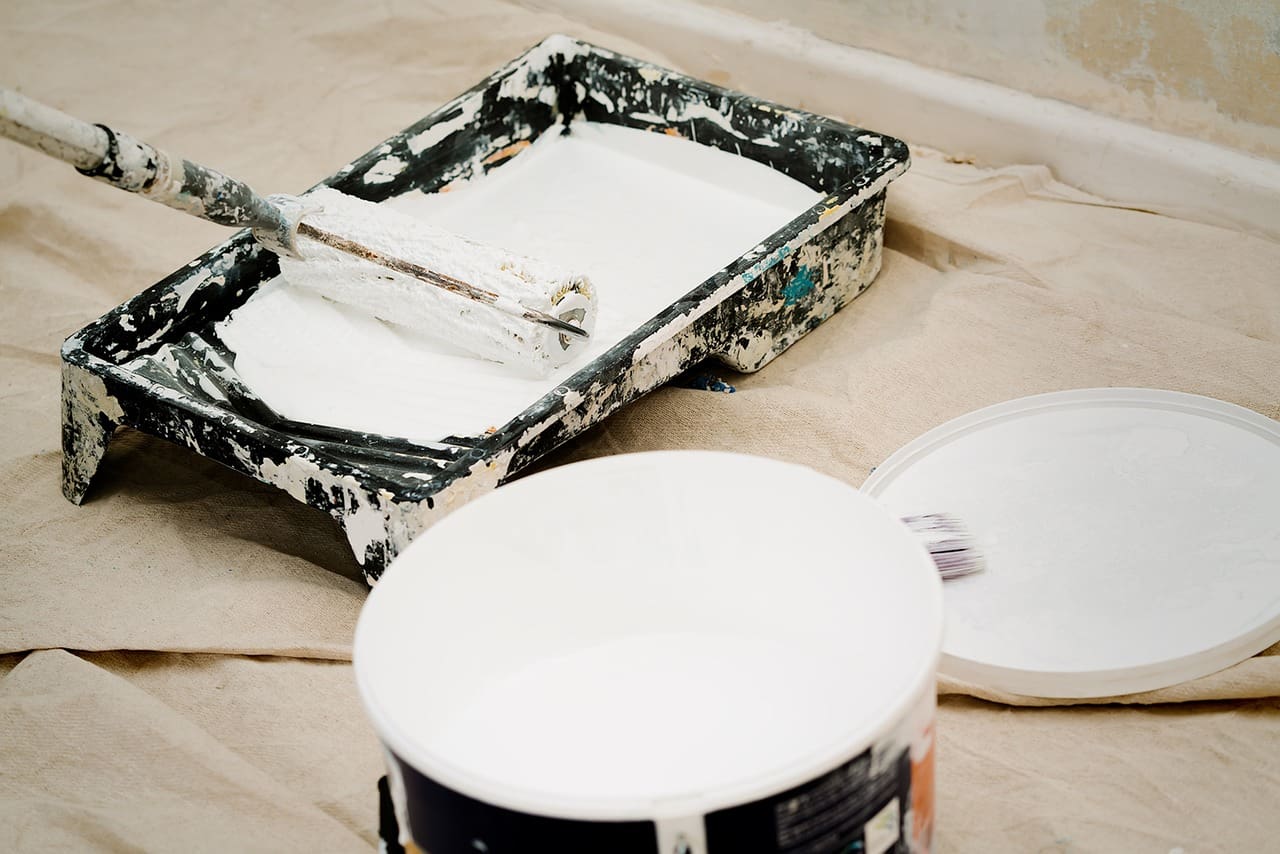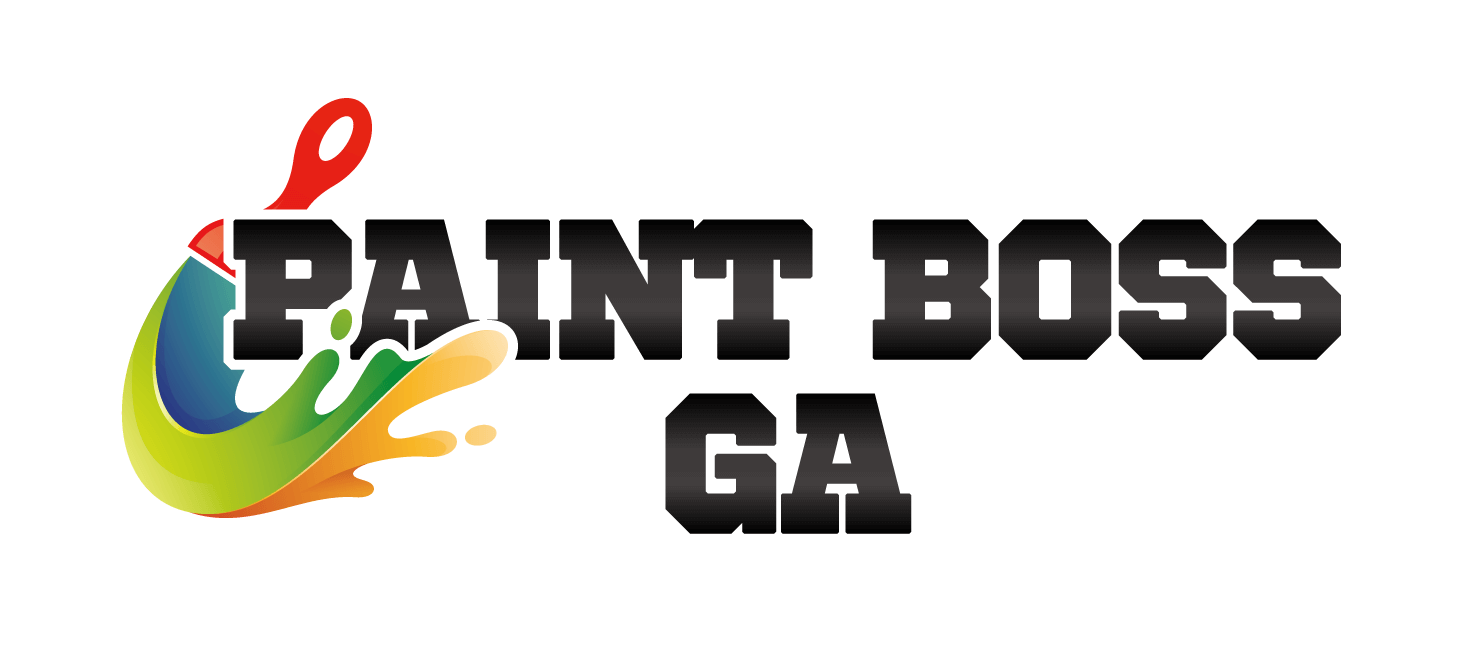How Interior Paint Colors Can Influence Workspace Productivity

Choosing the right interior paint colors for a workspace can significantly influence employee productivity and well-being. Different colors have distinct psychological effects that can stimulate creativity, reduce stress, and even improve focus. Understanding these impacts can help create an environment where employees feel motivated and engaged.
Color psychology, the study of hues as a determinant of human behavior, plays a crucial role in office design. For example, bright colors like yellow and orange can invigorate and energize a space, making it ideal for brainstorming rooms or collaborative areas. On the other hand, cooler tones like blue and green can create a calming atmosphere, perfect for spaces requiring deep concentration and focus.
When planning a workspace, it’s important to consider how different colors can meet the specific needs of various departments. The right color choices can create a balanced environment that fosters both productivity and satisfaction among employees.
Psychological Impact of Colors in the Workspace
Understanding Color Psychology
Color psychology examines how colors influence human emotions and behavior. In a workspace, this science becomes crucial as it helps create environments that can boost efficiency and morale. Each color triggers a different psychological response. For instance, red is often associated with energy and urgency, while blue tends to evoke calmness and stability. Understanding these principles allows us to choose colors that align with the desired atmosphere and functionality of each area.
How Colors Affect Mood and Behavior
Colors can have profound impacts on mood and behavior. Bright, warm colors like yellow and orange are known to stimulate creativity and enthusiasm, making them ideal for collaborative spaces. Conversely, colors such as green and blue have a soothing effect, reducing stress and helping with concentration. Neutral shades like grey and beige promote a balanced, focused environment, which is often preferred in spaces requiring intense concentration. By leveraging these effects, we can tailor our workspace to encourage specific behaviors and states of mind.
Practical Applications in Office Design
Applying color psychology in office design involves strategically using different shades to support various functions. For high-energy areas such as sales floors or brainstorming rooms, using vibrant colors can keep energy levels high. Meanwhile, meeting rooms and private offices can benefit from calm hues to foster tranquility and focus. Additionally, accent walls and color pops can be used to create visual breaks and reduce monotony, enhancing overall employee satisfaction and productivity.
Best Paint Colors for Enhancing Productivity
Energizing Colors for Active Spaces
Certain colors are especially effective at energizing spaces and stimulating activity. Red, for example, can increase heart rate and inspire dynamism, making it suitable for areas where quick thinking and prompt action are needed. Orange, with its lively and friendly vibe, works well in social spaces like break rooms or collaborative areas. Yellow is another uplifting color that can boost optimism and innovative thinking, perfect for creative teams.
Calming Colors for Focus and Concentration
Focus and concentration are essential in many work environments, and specific colors can help achieve these states. Blue is known for its calming properties that can help reduce anxiety and improve focus. It’s an excellent choice for rooms where detailed, concentrated work happens. Green, reminiscent of nature, provides a serene space that reduces eye strain and promotes a sense of balance. These colors help create a stable environment ideal for tasks requiring sustained attention.
Balancing Bold and Neutral Hues
A successful office design often balances bold and neutral hues to create a dynamic yet harmonious space. While bold colors can invigorate and inspire action, neutral tones like white, grey, and beige can provide the necessary backdrop that ensures these vibrant colors do not overwhelm. Neutrals help balance the stimulating effects, ensuring that the workspace remains professional and inviting. Combining both types strategically enhances productivity without compromising on aesthetic appeal.
Customizing Paint Choices Based on Work Functions
Tailoring Colors for Different Departments
Different departments in a workspace often have varying needs and functions that can be supported by tailored color choices. For instance, the marketing and creative teams may thrive in an environment with bold, vibrant colors like red or yellow that stimulate creativity and enthusiasm. Conversely, departments focused on data analysis and customer service might benefit from calming colors such as blue or green, which promote concentration and reduce stress.
Using color-coding for specific areas helps employees transition between different work zones and adjust their mindset accordingly. By thoughtfully assigning colors to different departments, we can create environments that enhance the specific tasks and goals associated with each team’s responsibilities.
Importance of Branding and Corporate Identity
Incorporating brand colors into the workspace design is not only visually pleasing but also reinforces corporate identity and values. Brand colors can be integrated into various elements like walls, furniture, and decor to create a cohesive and professional look. This uniformity helps in making a strong visual statement, assuring both employees and clients of the company’s commitment to its brand vision.
Accent walls featuring the company’s primary colors can also serve as focal points, enhancing the workspace’s overall aesthetic without overwhelming the senses. The strategic use of branding colors fosters a sense of belonging and unity among employees and strengthens brand recall for visitors.
Utilizing Accent Walls and Color Zones
Accent walls and color zones are effective ways to introduce color into the workplace without dominating the entire space. Accent walls can highlight specific areas, such as conference rooms or collaborative zones, creating visual interest and breaking the monotony of an otherwise neutral environment. These focal points can be painted in bold hues to inject energy or in soothing tones for areas meant for relaxation and concentration.
Color zoning can also help delineate different functional areas within an open-plan office. For instance, using warm tones in communal areas can encourage interaction, while cooler shades in individual workspaces can help maintain focus. These thoughtful applications of color ensure a balanced and dynamic work environment.
Implementing Color Changes in an Existing Workspace
Steps for Repainting Without Major Disruption
Repainting an occupied workspace can be challenging, but it is manageable with careful planning. The first step is to develop a detailed schedule that outlines the painting process, ensuring it aligns with the least disruptive times for the business. This might include weekends or after-hours work. Clear communication with employees about the timeline and progress helps in minimizing inconvenience.
Next, section off the workspace and tackle one area at a time. This approach allows parts of the office to remain functional while others are being painted. Using low-VOC or zero-VOC paints can also minimize odors and health impacts, making it easier to work in the space during the transition.
Employee Involvement and Feedback
Involving employees in the color selection process can boost their morale and ownership over the workspace. Consider conducting surveys or polls to gather their preferences and feedback. This input can guide decisions on which colors will best support their productivity and satisfaction.
Encouraging employees to share their ideas fosters a collaborative atmosphere and helps create a work environment where everyone feels valued. Additionally, employee feedback can provide insights into which colors might help alleviate stress and improve overall well-being.
Maintaining a Productive Environment During Transitions
Maintaining productivity during repainting involves creating temporary workstations and ensuring that all essential tools and materials are accessible. Transparent communication about progress and expected disruptions helps employees plan their tasks accordingly. Providing quiet zones or remote work options can also alleviate stress and maintain efficiency during the repainting process.
Setting up protective barriers and using quick-drying paints can further reduce downtime. Ensuring that the workspace remains clean and organized throughout the transition supports a smooth and efficient repainting process, ultimately leading to a refreshed and productive environment.
Conclusion
Color choices in the workplace are much more than just a design preference—they play a vital role in influencing mood, behavior, and overall productivity. Understanding the psychology behind colors allows us to create nuanced, effective work environments tailored to the specific needs of each department.
Colors like blue and green can enhance focus and calmness, whereas reds and yellows boost energy and creativity. By customizing these choices, we can align the workspace with company branding and ensure a fulfilling environment for employees.
If you’re ready to enhance your workspace through thoughtful color choices, contact Paint Boss GA today. As a reliable painting company in Warner Robins, we can help tailor your environment for better productivity and satisfaction!

